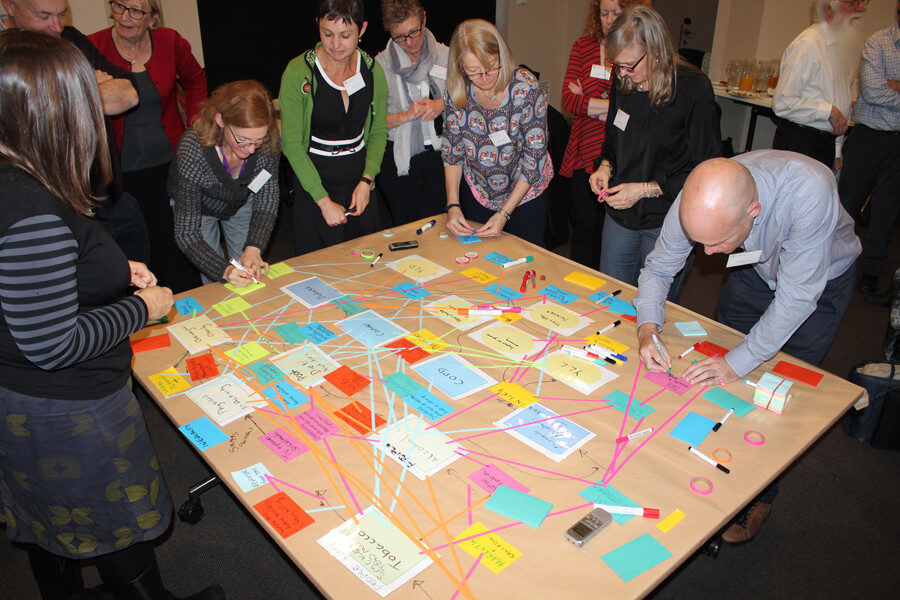Making the compelling case for prevention

DATE
TYPE Prevention Centre News
If ACT Chief Health Officer Dr Paul Kelly has his wish, the next time a government ends a major program to prevent chronic disease it will dominate headlines and public discussion.
I want prevention to be a barbecue stopper – the type of topic everybody cares and talks about.
Dr Paul Kelly
“When funding for large national prevention programs ceased over recent years, such as the Australian National Preventive Health Agency (ANPHA), no one outside public health really noticed, and I think we can change that.”
Dr Kelly was speaking after the launch this week of a flagship program of research for the Prevention Centre to establish a compelling case for the prevention of chronic disease.
The project, led by researchers at Deakin University and the Sax Institute, will gather evidence on the health and economic burden of chronic disease, its preventability and the economic credentials for action. It will also use a computer modelling what-if tool to forecast the effect of different actions and policies to reduce chronic disease.
Making sense of the evidence
Project co-lead Associate Professor Sonia Wutzke said the project would assemble and distil the huge volume of data about chronic disease and key risk factors, and use new methods in dynamic simulation modelling to make sense of that data and forecast the impacts and cost-effectiveness of a range of policy options.
“This project is using the most advanced modelling to understand the complex dynamic interplay of factors that leads to chronic disease and actions that could reduce it over time,” she said.
The dynamic simulation modelling aspect of the work is being led by Dr Geoff McDonnell, a project co-lead, and Mark Heffernan. Both are internationally respected modellers who have been involved in other Prevention Centre modelling projects, including developing a dynamic simulation model of alcohol use in NSW.
Associate Professor Wutzke, Deputy Director of the Prevention Centre, said another key aspect of the project was its focus on partnership, with policy makers working from the beginning with academic researchers to make it real and practical.
Project co-lead Professor Rob Carter, of Deakin University, said Departments of Finance and Treasury were often interested in the productivity impacts of prevention.
“This project will address that aspect carefully, both in relation to the paid workforce, but also household production,” he said.
At a meeting in Canberra this week, public health policy makers from five states and territories and the Commonwealth met with academic researchers and advocates to begin the dynamic simulation process, by mapping the complex tapestry of factors that lead to chronic disease.
Forecasting effects
Dr Kelly said the project would provide a solid evidence base, “backed up by the best minds nationally and internationally”, to forecast the effect of a range of policy options for chronic disease – what works and, importantly, what doesn’t work.
“We will then need to translate that information into key messages and one-page briefs so that when opportunities arise to talk to Health Ministers, or communities or bureaucrats about prevention, we are ready to go with the most effective strategies,” he said.
In his introduction to the meeting, Professor Carter said that when ANPHA ceased in 2014, there was a sense that prevention was “on the downhill slide”.
“But there’s a new momentum for change,” he said. “We’re hoping that what we’re doing with this project will help move this momentum forward.”



